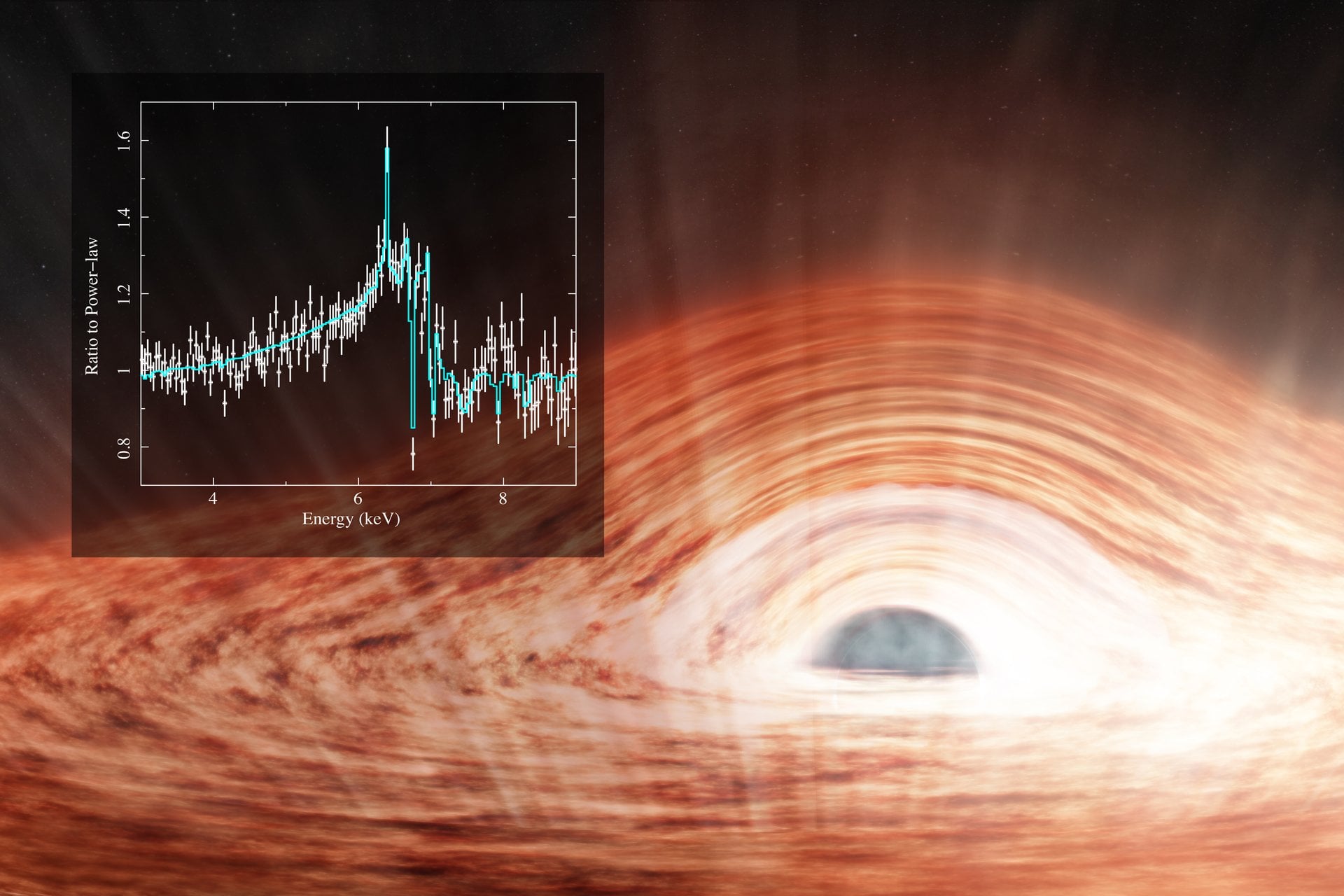
The first results on the iconic active galactic nucleus MCG–6-30-15 captured with the XRISM mission show the most precise signatures yet of its supermassive black hole’s extreme gravity and the outflows that shape its galaxy.

The first results on the iconic active galactic nucleus MCG–6-30-15 captured with the XRISM mission show the most precise signatures yet of its supermassive black hole’s extreme gravity and the outflows that shape its galaxy.
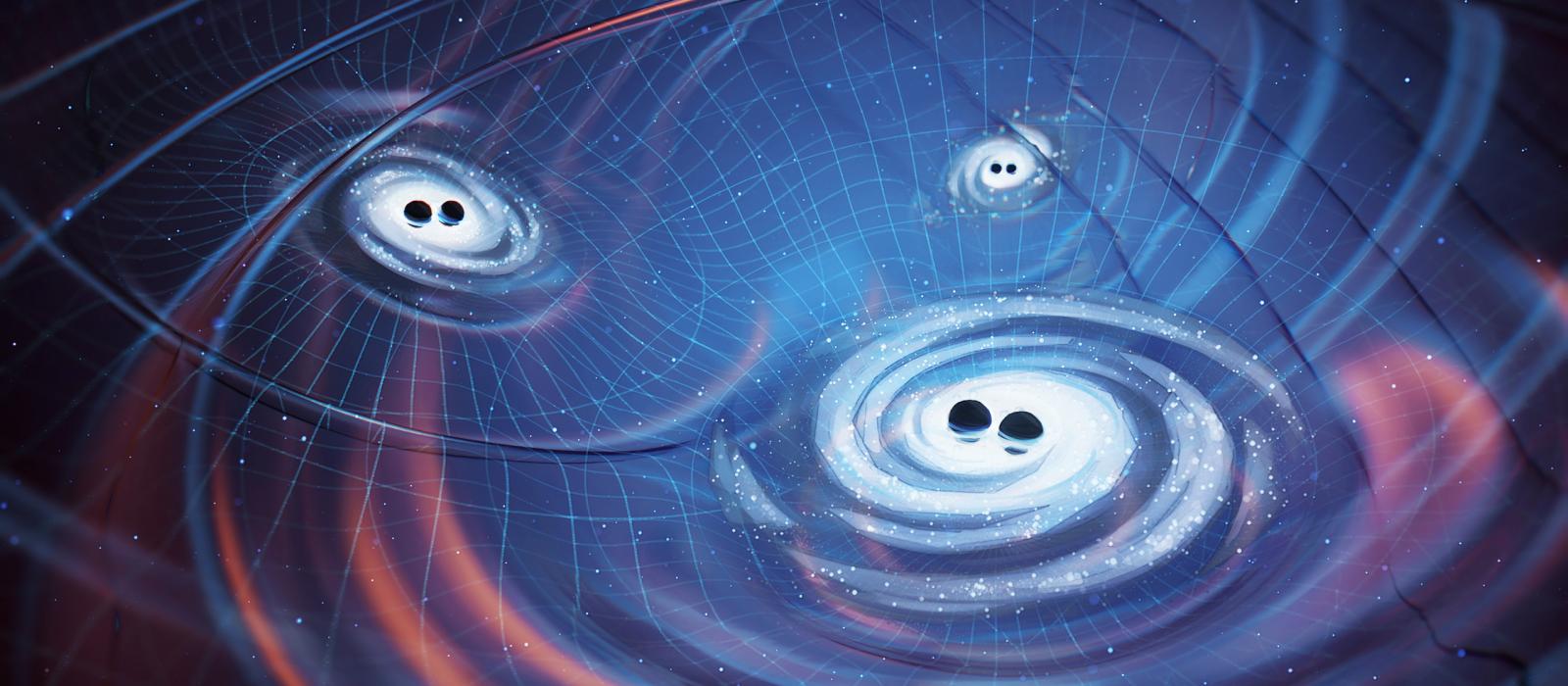
A new study by researchers at the University of Amsterdam shows how gravitational waves from black holes can be used to reveal the presence of dark matter and help determine its properties. The key is a new model, based on Einstein’s theory of general relativity, that tracks in detail how a black hole interacts with the surrounding matter.
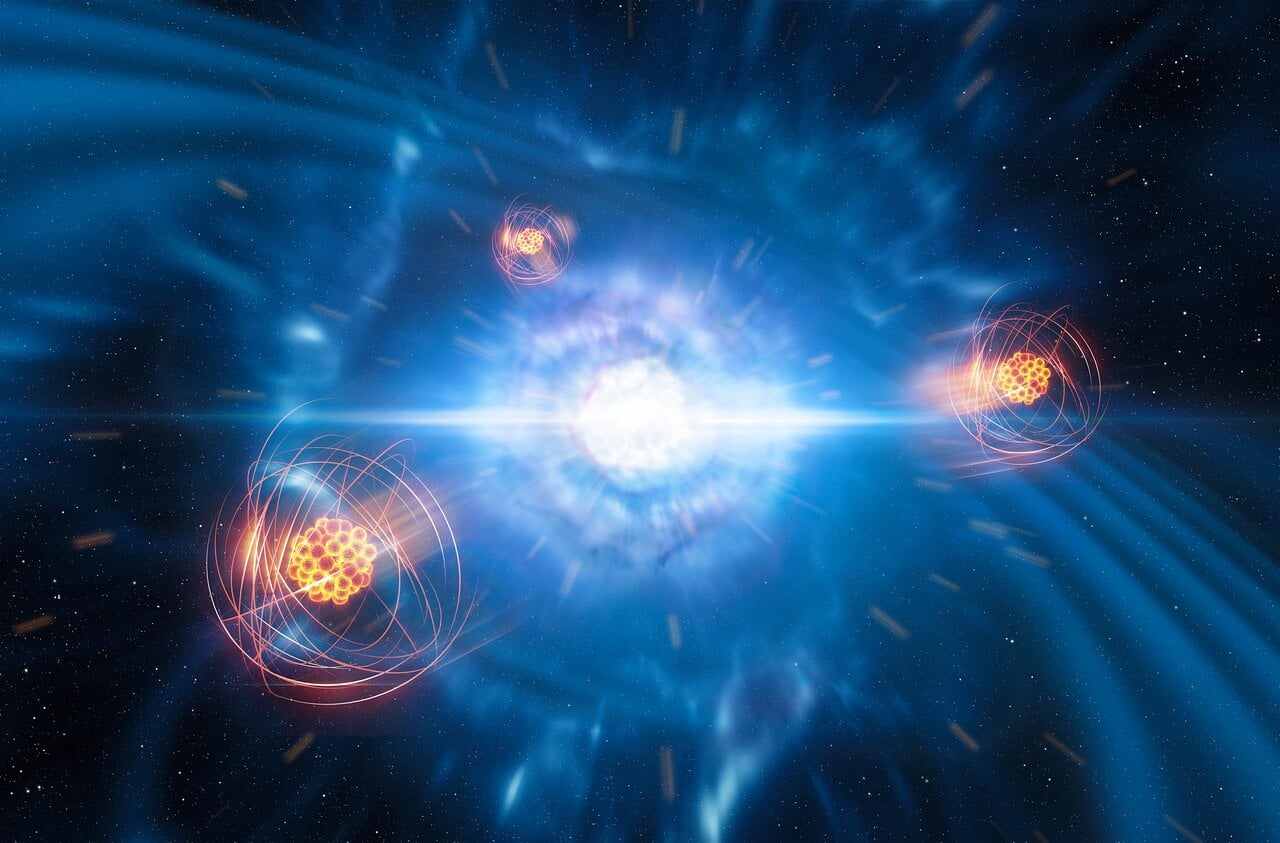
Terrestrial planets such as Earth need an early solar system rich in short-lived radioisotopes. But the supernovae that create these elements would tend to rip an early system apart. A new study suggests that these isotopes are produced by a bath of cosmic rays from more distant supernovae.
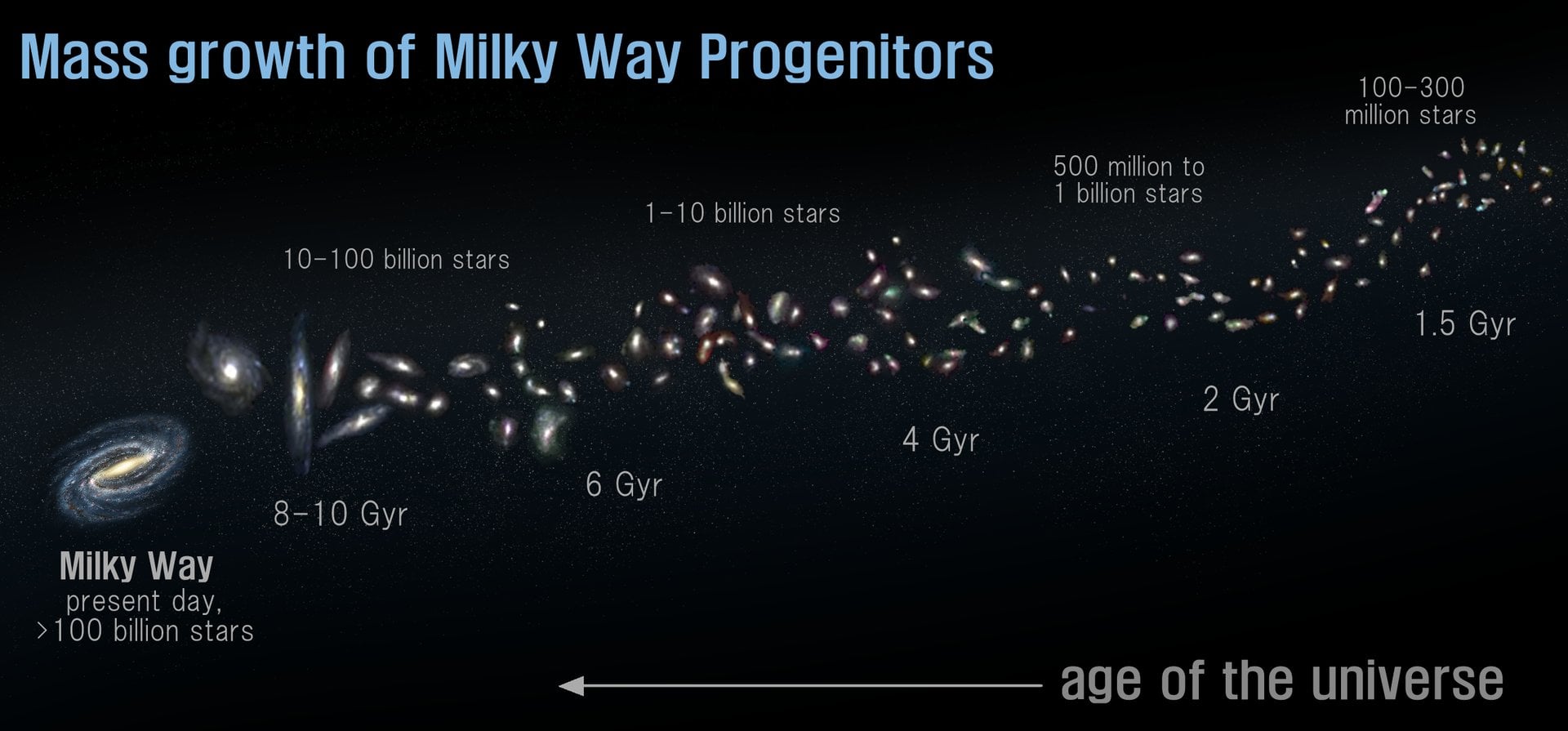
A team of Canadian astronomers has used Webb's observations of "Milky Way twins" in the early Universe to learn more about our galaxy's turbulent youth.

The Atacama Millimeter/Submillimeter Array (ALMA), the world's most powerful radio telescope, has received 145 new low-noise amplifiers (LNAs) that will increase its range and sensitivity.
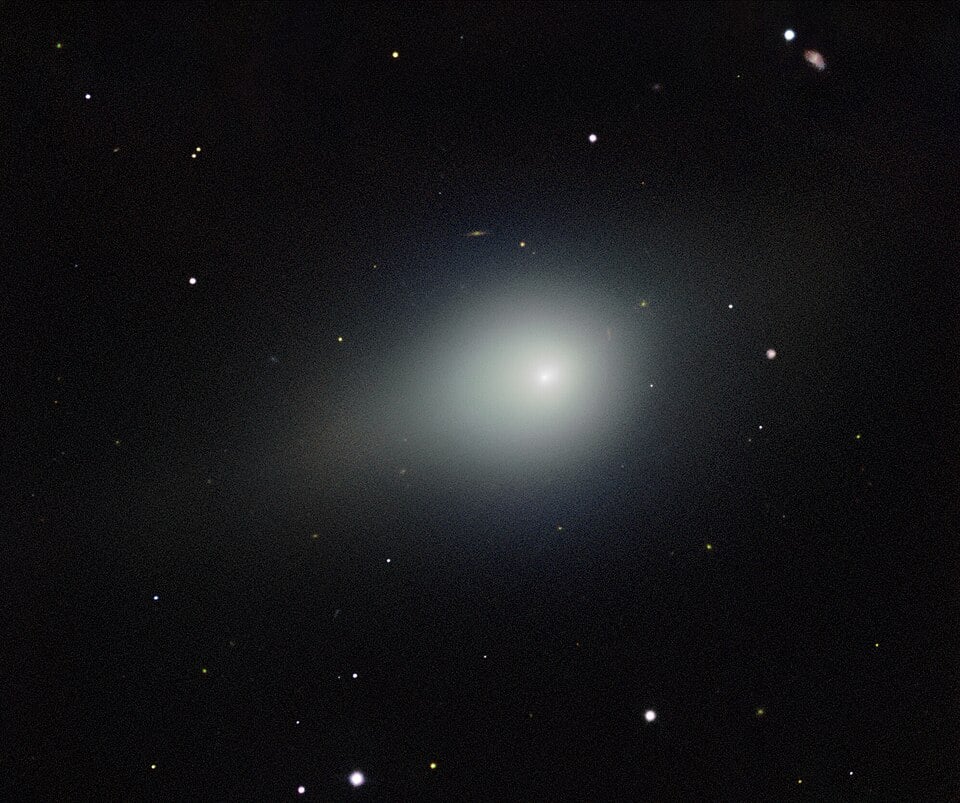
Astronomers have measured water streaming from interstellar comet 3I/ATLAS for the first time since it passed closest to the Sun. Using a spacecraft that’s been watching the Sun for nearly three decades, scientists detected hydrogen glowing around the comet and calculated that it was producing water at extraordinary rates. These measurements not only confirm that interstellar comets behave remarkably like our own Solar System’s icy wanderers, but also provide crucial clues about what comets looked like in the early universe.

ESA’s Gaia space telescope has achieved something astronomers thought nearly impossible, detecting planets while they’re still forming inside the dusty discs surrounding newborn stars. By measuring the subtle gravitational wobbles that unseen companions induce on their host stars, Gaia has found hints of planets, brown dwarfs, and companion stars in 31 young stellar systems out of 98 surveyed.